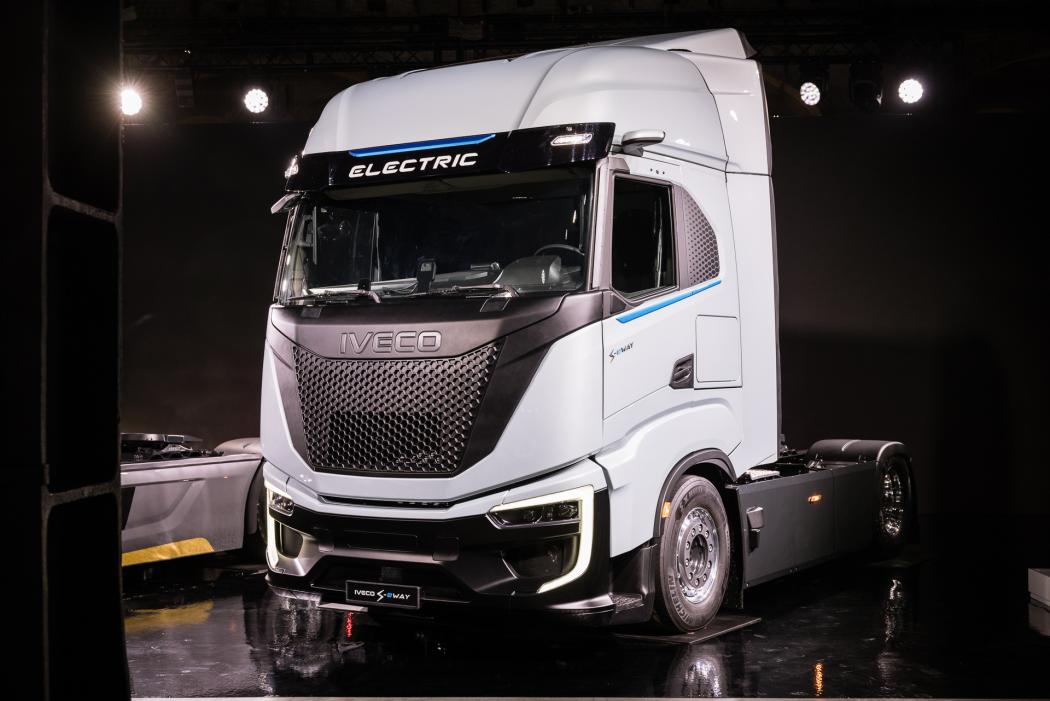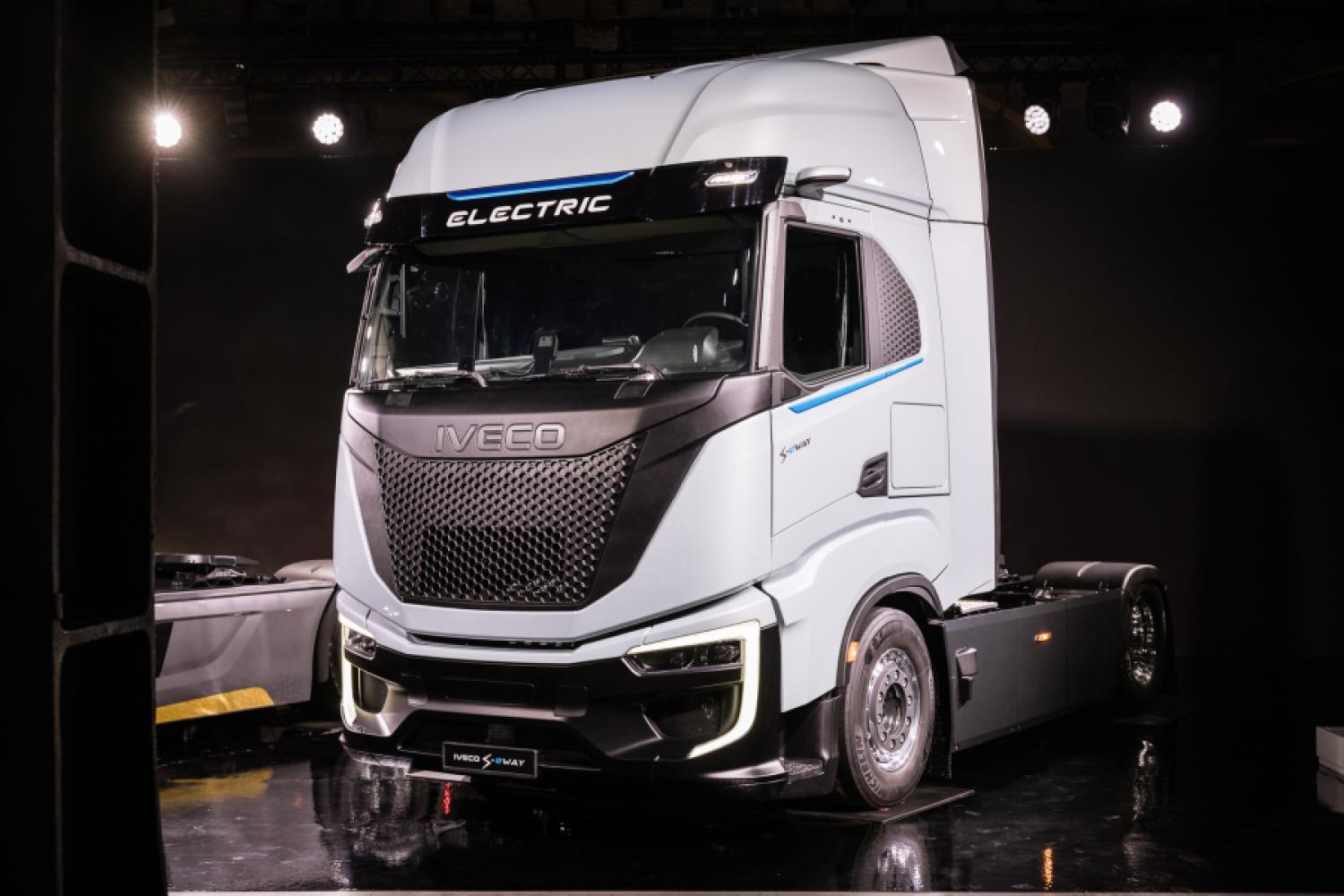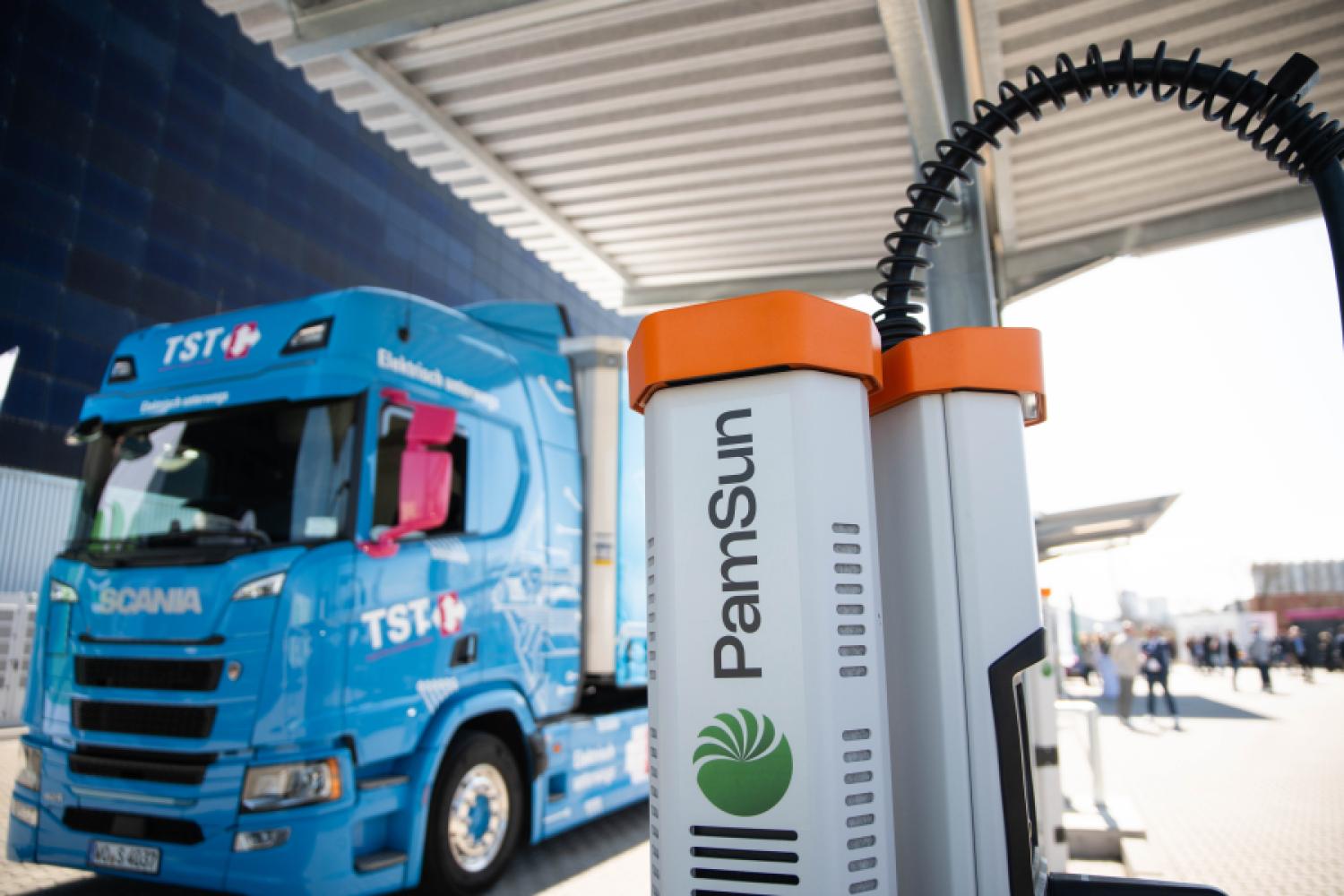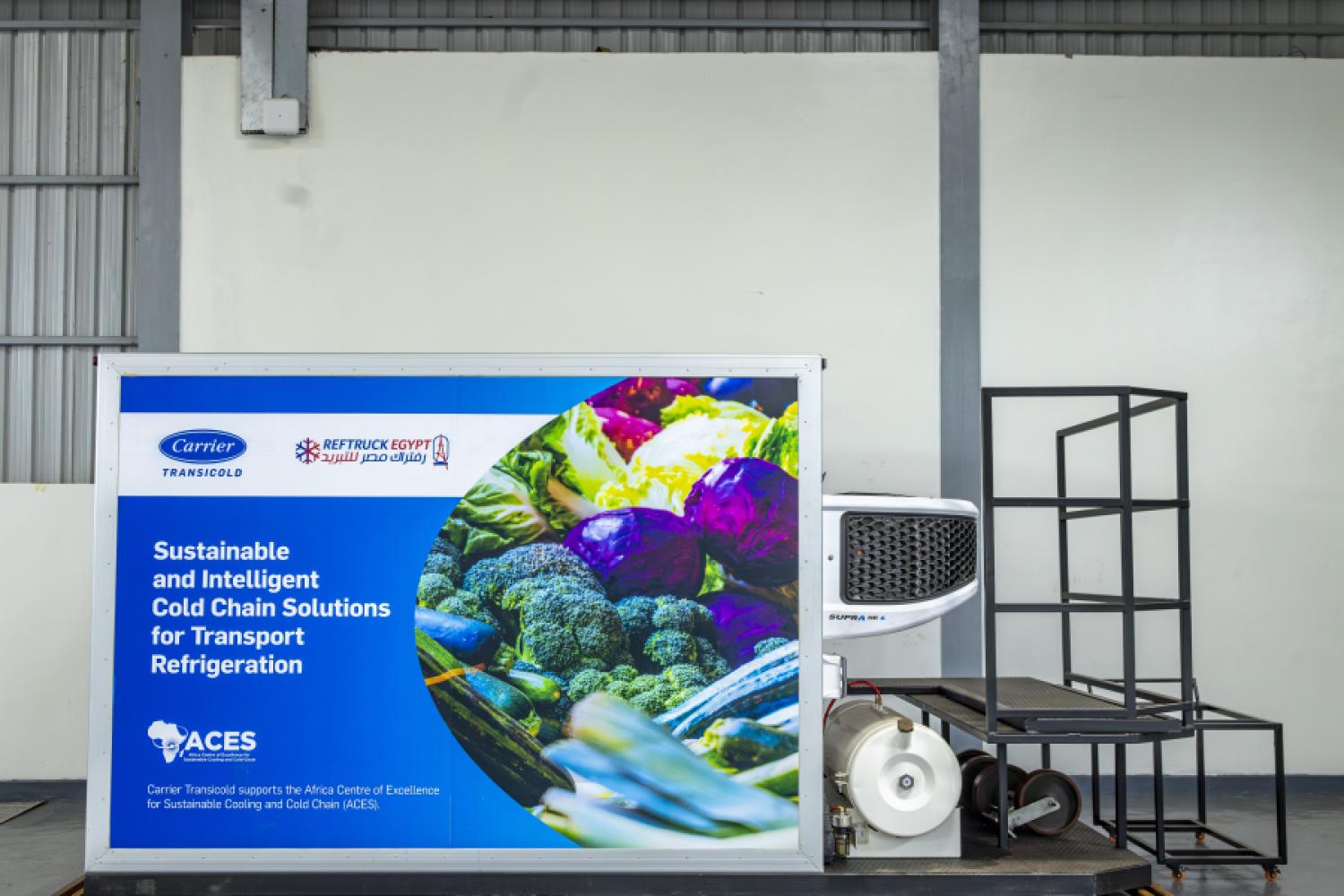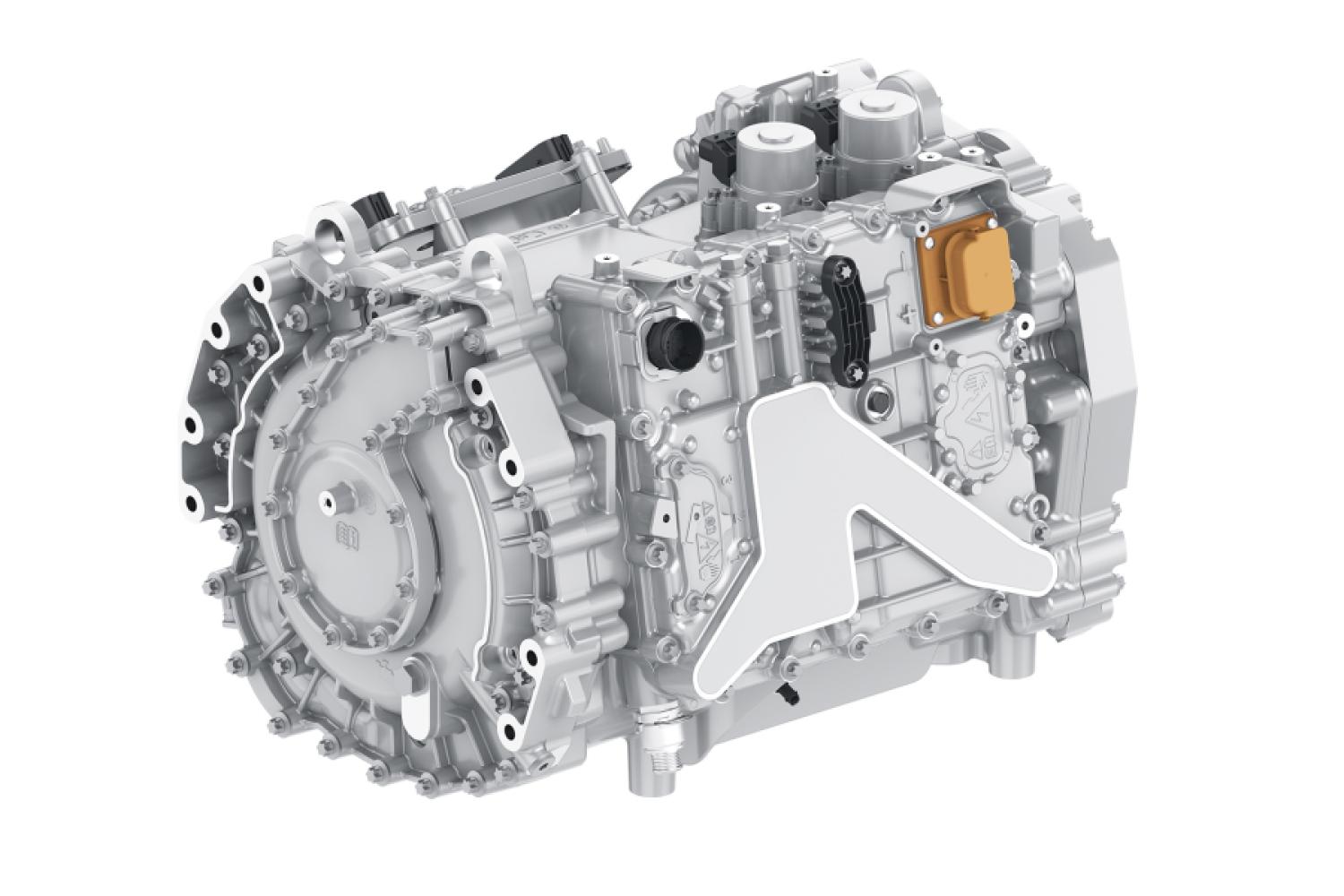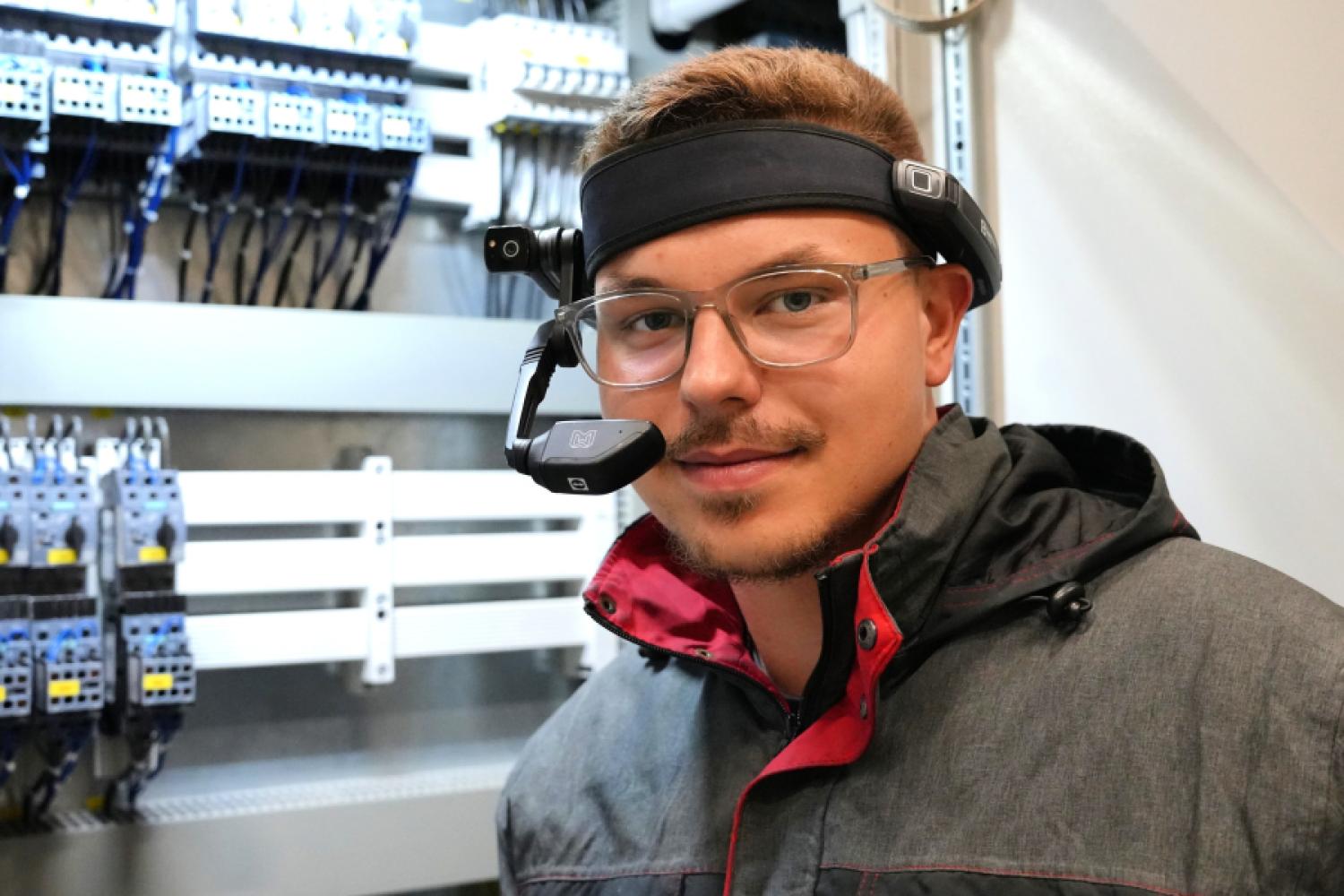Lorry manufacturing is currently a bit like a poker game: Diesel continues to dominate, but alternative drive solutions are increasingly striking, and you should have many different trump cards up your sleeve. The industry is also asking for fuel cells, CNG/LNG and is increasingly electrifying: In the truest sense of the word: Just recently, an electric trailer truck left the plant in Ulm heading to Madrid to explore how one can get through Europe with 18.75 meters in length in terms of charging technology. Another poker game with an uncertain outcome? No, the trump card struck: Both in France and in Spain there were always free charging lanes, and the trailer never had to be decoupled. So, it basically works! But stop, IVECO doesn't actually build electric chassis yet, do they?
The Ulm plant is being heavily reconstructed – for heavy electric trucks
Time for an "inspection" in Ulm: The hall is spotlessly clean and fully digitalized: Every work step is precisely specified, and as soon as you pick up the power wrench, it sets the correct tightening torque. If you try to use it too early, it won’t work, as the workflows are also precisely prescribed. And
only when step one is confirmed can you proceed to step two. Everything is secured and documented down to the deepest depths.
If necessary, Iveco in Ulm can assemble up to 3,000 heavy electric vehicles in a three-shift operation. If there's even more demand, they could add another equally large hall—which is currently rented to the fire protection colleagues at Magirus, who no longer belong to the group—and assemble up to 6,000 electric trucks in Ulm. Until recently, the battery-electric Iveco S-eWAY tractor unit and a small series of the Iveco S-eWAY FuelCell tractor unit were built in Ulm.
Currently, the plant is switching to the production of the Iveco S-eWAY chassis introduced at the IAA Commercial Vehicles as well as the second generation of the S-eWay tractor unit. The last gamma prototypes are rolling off the line in the production line. In addition, a brand-new ultra fire-protected battery storage is being built. For reassurance: There has already been a smaller battery storage with all necessary safety precautions, and there have been no incidents to date. The batteries and the E-drives developed by FPT still pose an exciting challenge—as they are rapidly evolving and constantly opening up new
possibilities!
Currently, flexibility clearly takes precedence over size
A bit like playing cards, where you thought you had the best trumps in your hand, but a few moves later, that no longer holds true. Basically, the development jumps are currently (still) so large that you practically have to tie up a completely new package every five years, which is damn little time for a long-term investment like a truck: Well, the first owners return the machines anyway after three to four years and are thus always up to date, but what then? Residual values can hardly be represented cleanly and certainly cannot be calculated....a bit like the super-fast card game Split. Barely everything laid down, it's reshuffled, dealt, and played again.
Drives? Prospectively, please EVERYTHING!
That's why Iveco is positioning itself as broadly as ever for safety reasons, because: In addition to the powerful electric vehicles, you can also choose fuel cells, CNG/LNG and, of course, Diesel/HVO and in the future even hydrogen combustion engines. And the range is being massively expanded downward: The eMoovy is being built as a chassis with a ladder frame for all kinds of attachments in cooperation with the Hyundai group, and Iveco
will prospectively cooperate with Stellantis for the lighter vans. The newcomers are called eJolly and eSuperjolly.
Similar to how Ford, Mercedes-Benz, Renault, and VW, respectively MAN, distribute their delivery vans via both the passenger car AND commercial vehicle network. The latter has the advantage of basic 24/7 emergency availability and longer opening times.
A whole new generation of cabs will come by 2028
Which brings us to the future outlook, which will also see new heavy trucks: Due to the changed EU legislation with the larger crash box at the front, IVECO will also bring completely new heavy trucks to market by 2028 and finally retire the shell dating back to 1990. The new cabs are to be developed with Ford Trucks, where they have similar needs.
The second generation of the Iveco S-eWay tractor unit was seen in a preview at the Iveco 50-year celebration in Turin and at the ADAC Truck Grand-Prix.
What does that mean?
Even though the brand is now once again considered a "small" commercial vehicle manufacturer worldwide, it still holds all the cards with many partners—no matter what drives and weight classes are involved. May there be many trumps in the mix!
